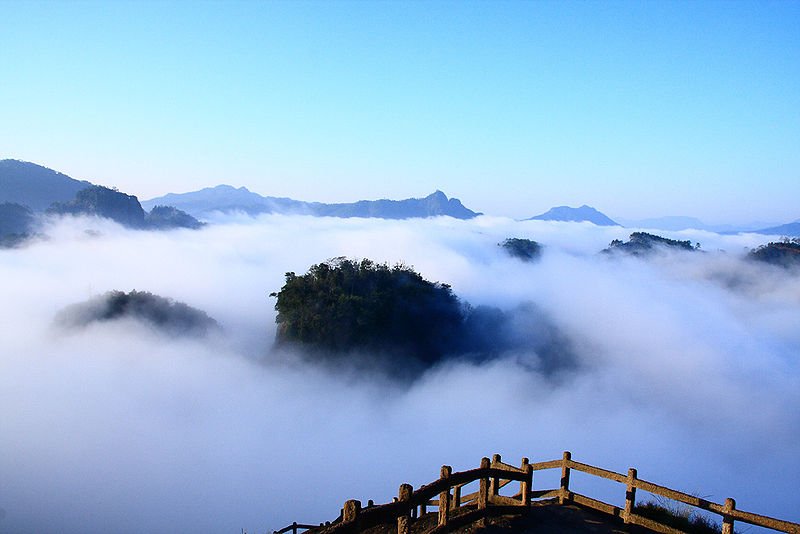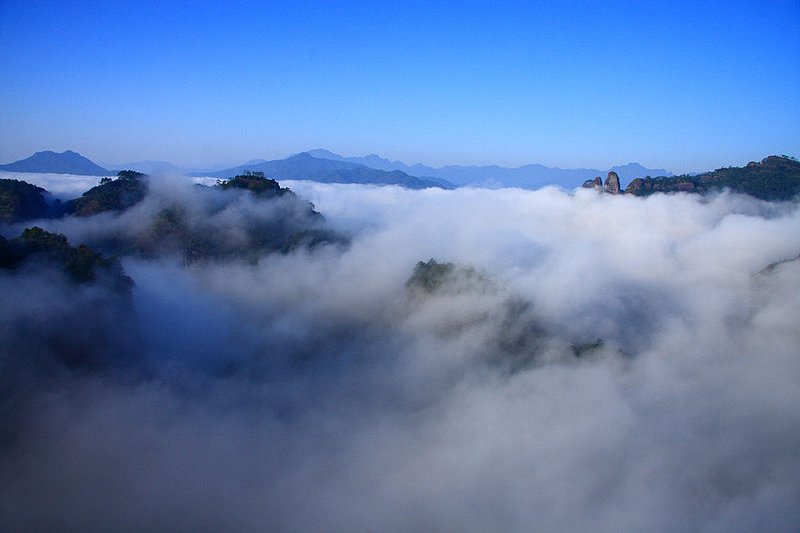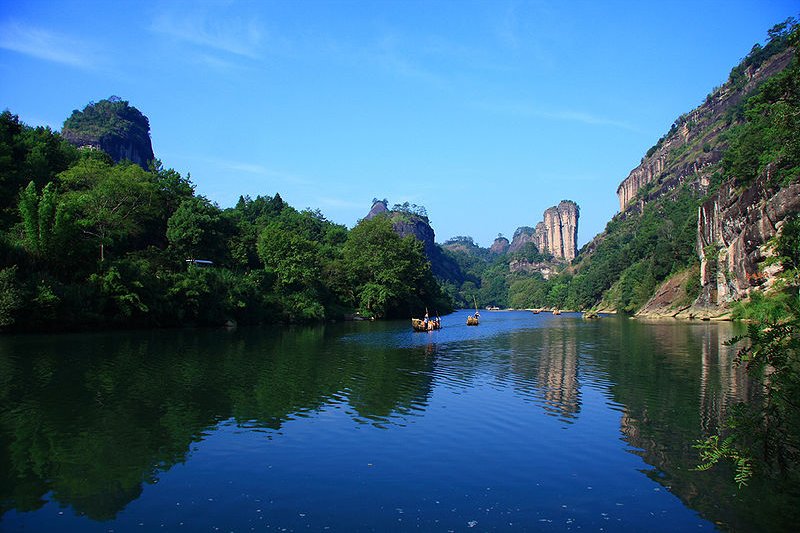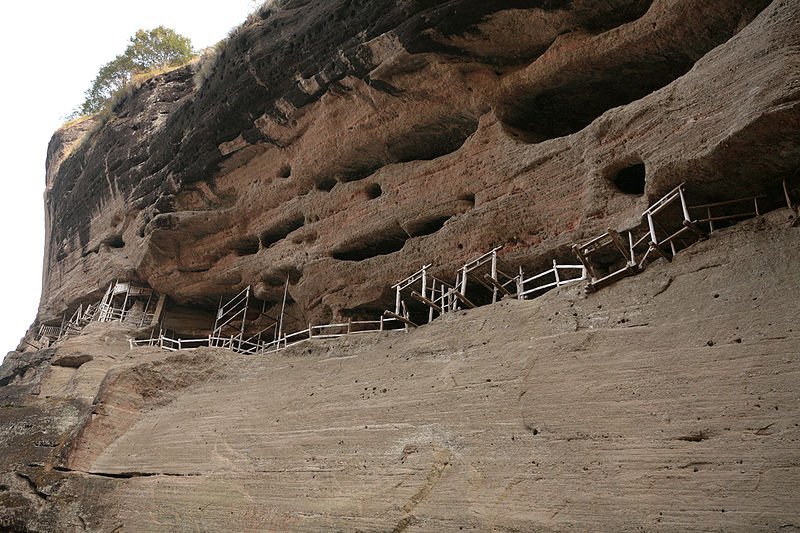 Mount Wuyi, China
Mount Wuyi, ChinaSource: https://commons.wikimedia.org/wiki/File:Wuyi_Mountains_Sea_of_clouds_2.jpg
Author: Shizhao

Author: Shizhao

Mount Wuyi is a site of outstanding biodiversity in southeast China. Not only is it famous for its scenic landscapes, with the dramatic gorges of the Nine Bend River, Mount Wuyi is also the site with numerous ruins of temples and monasteries. This is where neo-Confucianism developed and spread, giving a lasting impact on the cultures of East Asia from the 11th century. The ruins of the administrative capital of the Han dynasty rulers, dating to the 1st century BC, can still be seen at nearby Chengcun. The remains include massive walls that have provided archaeologists valuable information on the site.
Mount Wuyi was inscribed as a World Heritage Site during the 23rd session of the World Heritage CommitteeIt is one of the few sites inscribed as a mixed property of both cultural and natural value.
 Mount Wuyi, China
Mount Wuyi, ChinaSource: https://commons.wikimedia.org/wiki/File:Wuyi_Mountains_Sea_of_clouds.jpg
Author: Shizhao

Author: Shizhao

The inscription of Mount Wuyi falls under the natural criteria vii and x and cultural criteria of iii and vi.
Mount Wuyi is regarded as an outstanding subtropical forest, representing the largest intact forest that encompasses the diversity of the Chinese Subtropical Forest and the South Chinese Rainforest. It is an important regufe for ancient plant species, many of which are endemic to China, as well as to a number of reptile, amphibian and insect species.
Under the cultural category, Mount Wuyi is the cradle of neo-Confucianism, and played an influential role in the development of philosophy and governance in Eastern and Southeastern Asia.
 Mount Wuyi, China
Mount Wuyi, ChinaSource: https://commons.wikimedia.org/wiki/File:Wuyi_Mountains_Sea_of_clouds_4.jpg
Author: Shizhao

Author: Shizhao

 Ancient Graves, Wuyi Shan
Ancient Graves, Wuyi ShanSource: https://commons.wikimedia.org/wiki/File:%E6%AD%A6%E5%A4%B7%E5%B1%B1%E5%B4%96%E5%A2%93%E7%BE%A4.jpg
Author: Tom@HK

Author: Tom@HK

World Heritage Site Inscription Details
Location: N 27 43 0.012 E 117 40 59.988 in Wuyishan, Fujian ProvinceInscription Year: 1999
Type of Site: Mixed
Inscription Criteria: III, VI, VII, X
Visiting Mount Wuyi
Take a train from a major Fujian city such as Xiamen or Fuzhou. Arrange with a local tour agency.List of World Heritage Sites in China
 Latest updates on Penang Travel Tips
Latest updates on Penang Travel Tips
 Map of Roads in Penang
Map of Roads in Penang
Looking for information on Penang? Use this Map of Roads in Penang to zoom in on information about Penang, brought to you road by road.
Copyright © 2003-2025 Timothy Tye. All Rights Reserved.

 Go Back
Go Back